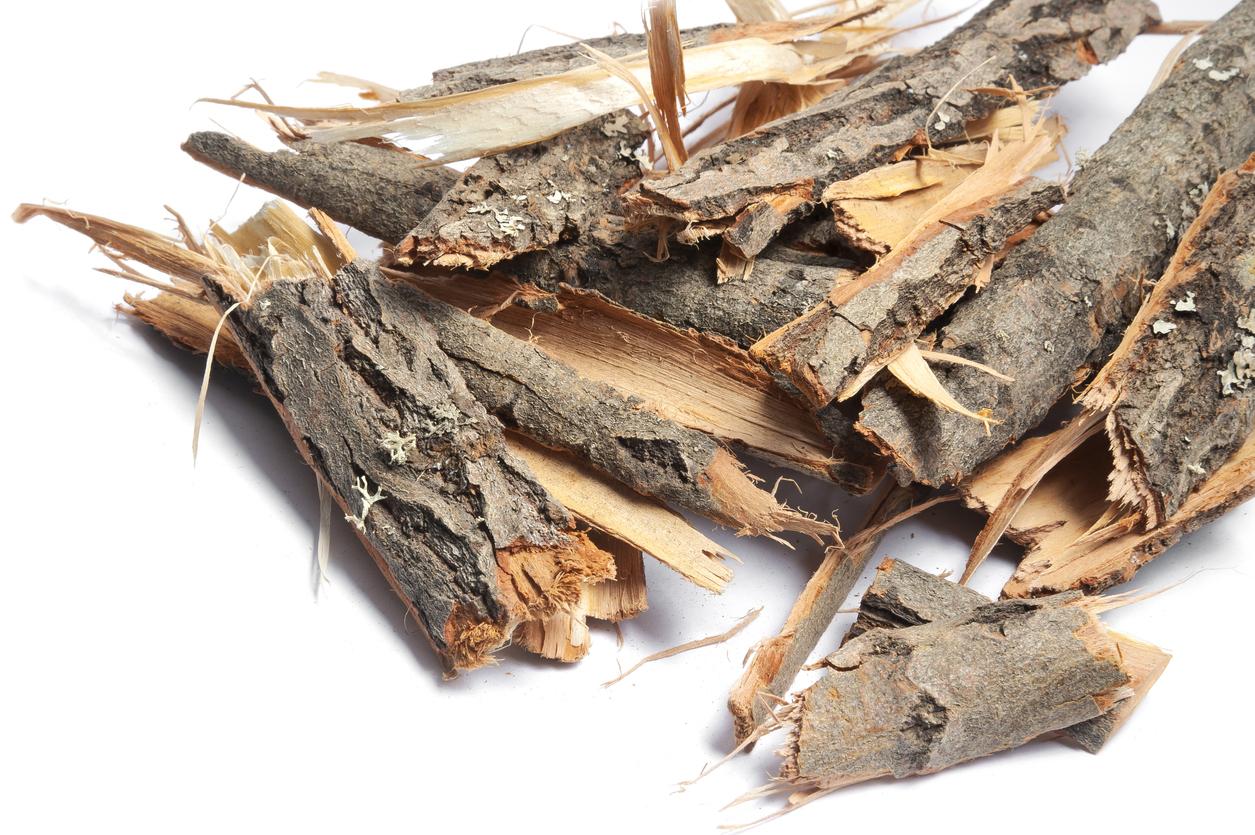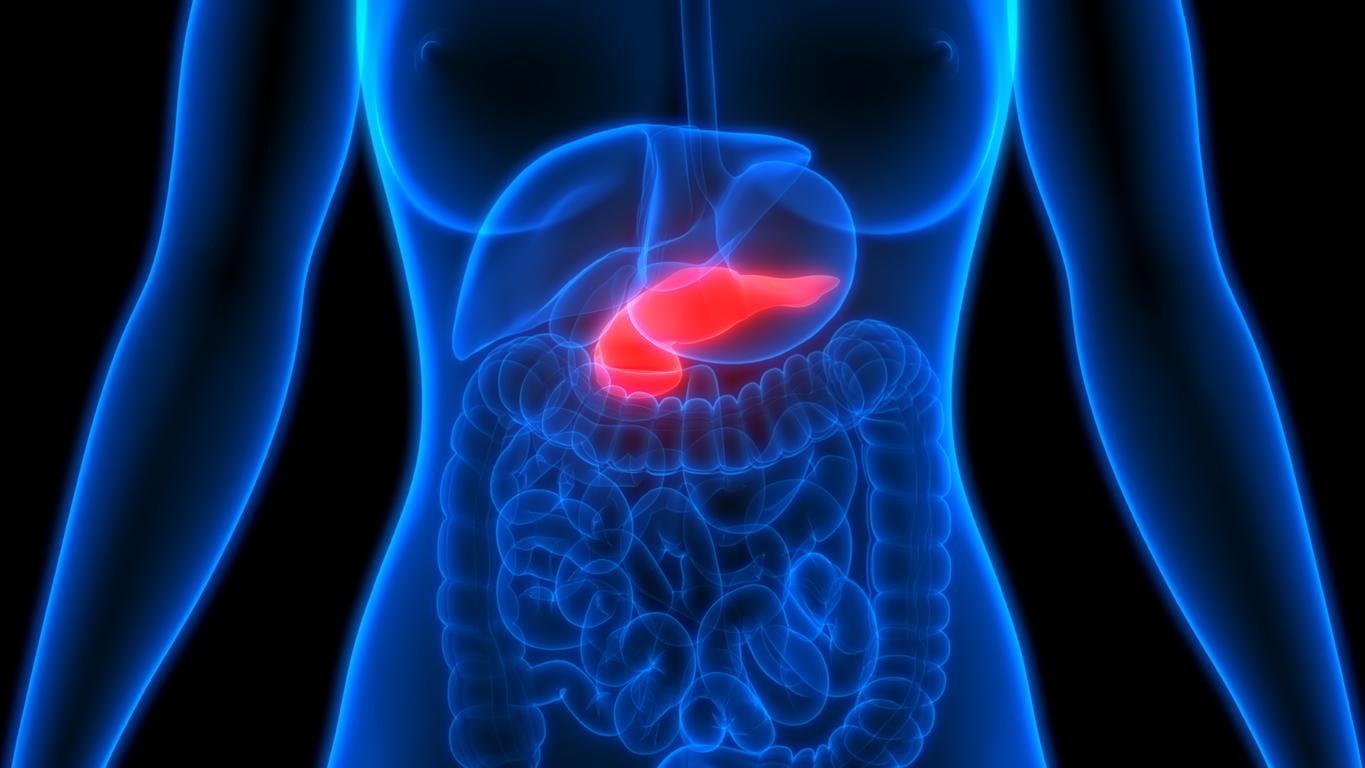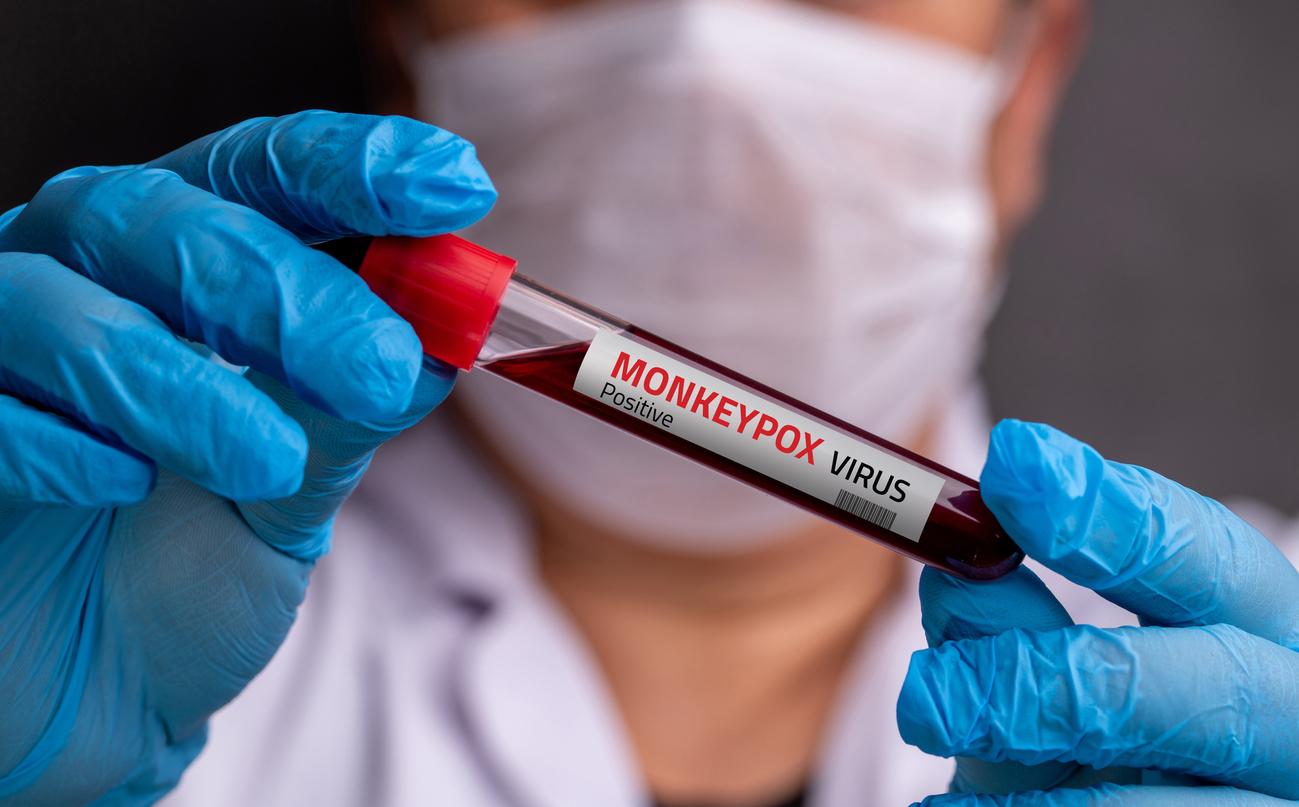Willow bark extracts could soon be used to create a powerful antiviral drug.

- Willow bark is perhaps one of the best-known natural medicinal products: it has been used for centuries to treat pain and inflammation.
- Researchers have just highlighted new anti-virus capabilities of willow bark.
- A little more than 40% of drugs approved between January 1981 and September 2019 come from natural products.
In a recent studyresearchers have shed light on the potential of willow bark as a source of a powerful antiviral drug.
Willow bark is perhaps one of the best-known natural medicinal products: it has been used for centuries to treat pain and inflammation. Its anti-inflammatory properties are believed to be due to salicin, a compound that contributed to the development of aspirin.
Willow bark tested on different viruses
Researchers had previously found that willow bark extract was highly effective against enteroviruses, an important finding given that there are currently no clinically approved drugs that directly target this group. However, in a new study, scientists demonstrated that willow bark extract could be used against a wider range of viruses with different structures.
The team created an extract from a commercially grown willow tree, by crushing the bark, putting it in hot water and straining it. The solution was then added to cells infected with Coxsackievirus A or B, two enteroviruses, a seasonal coronavirus or SARS-CoV-2. The researchers measured the action time of the extract on infected cells and its ability to inhibit viral activity.
The results showed that willow extract had an effective antiviral effect on all viruses tested. The exact mechanism of action of the extract, however, proved to vary greatly depending on the structure of the virus.
How does willow bark act on viruses?
Scientists assume that these extracts act on the surface of viruses, inhibiting their ability to infect cells. However, further research is needed to better understand this mechanism of action and identify the specific compounds in willow bark extract responsible for these antiviral properties.
“The extracts acted by distinct mechanisms against different viruses,” said Varpu Marjomäki, author of the study, in a statement. “We are currently continuing the fractionation and identification of bioactive molecules from willow bark extracts. This will allow us to identify a number of pure molecules that we can study in more detail. We will also study a larger number of viruses with purified components. The purified components will give us better possibilities to study their mechanisms of action”, he continued.
“We need effective, broad-spectrum tools to combat viral load in our daily lives. Vaccinations are important, but they cannot treat new emerging serotypes early enough to be effective on their own,” he concludes.
Willow bark: more than 40% of medicines come from natural products
When we talk about the discovery of new drugs, images of high-tech laboratories filled with synthetic compounds often come to mind, but researchers often find inspiration in the world around us. A little more than 40% of drugs approved between January 1981 and September 2019 come from natural products.














